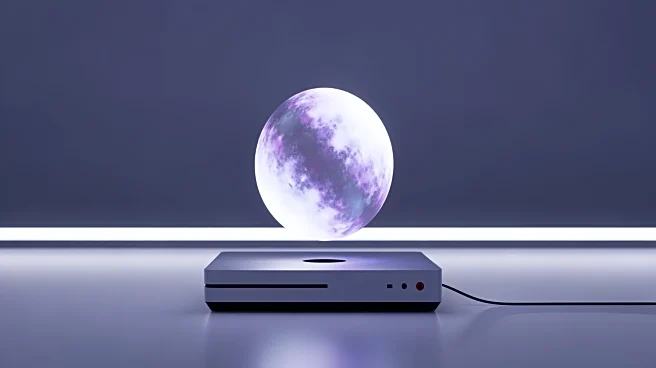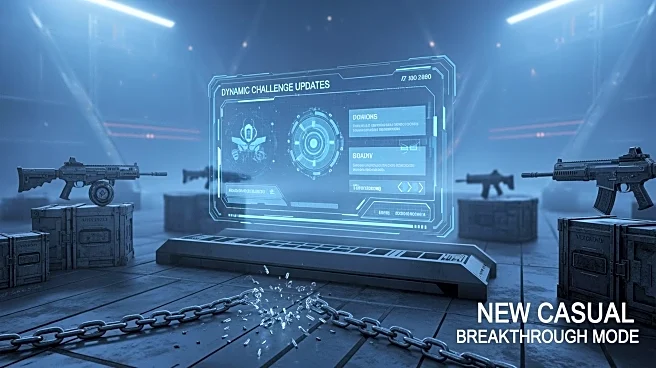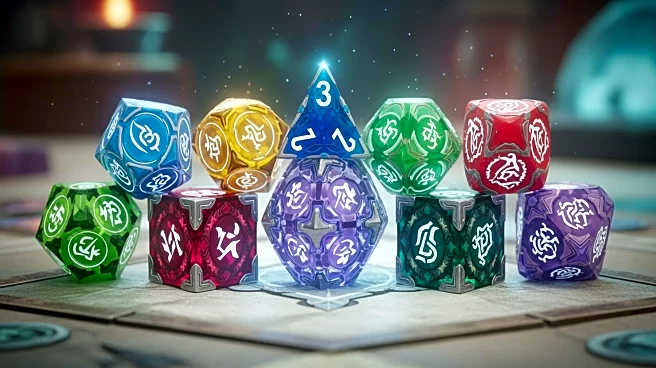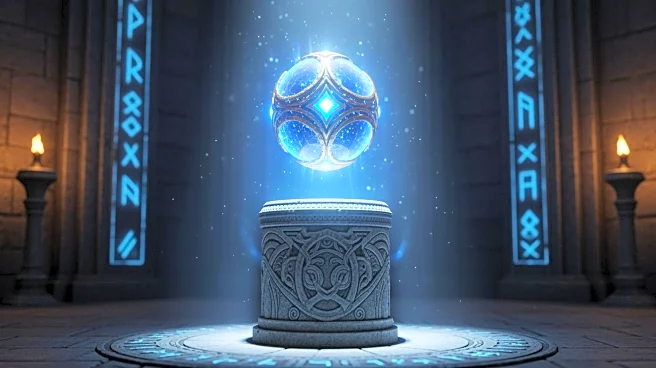What's Happening?
Bugbear Entertainment, the developer behind Wreckfest 2, has announced a new update for the game that includes a unique feature called the 'CRAP-IT' toolset. This toolset allows players to intentionally
damage their digital vehicles, creating a visual representation of wear and tear. The update also enhances tire physics, reduces loading times, and introduces a new track named Crash Canyon 2.0. Additionally, a new vehicle, the Volkswagen Beatle, has been added to the game. Wreckfest 2, which began its early-access phase in March, is set to be released on PS5 and Xbox Series X|S. The original Wreckfest was popular among racing game enthusiasts for its realistic damage models.
Why It's Important?
The introduction of the CRAP-IT toolset in Wreckfest 2 marks a shift in how car games approach vehicle customization, focusing on damage rather than aesthetic enhancement. This could influence future game designs, encouraging developers to explore unconventional features that enhance player engagement. The update's improvements in tire physics and loading times also reflect ongoing efforts to enhance gameplay experience, which is crucial for maintaining player interest and satisfaction. As Wreckfest 2 prepares for its full release, these updates may attract a broader audience, potentially increasing sales and solidifying Bugbear Entertainment's reputation in the gaming industry.
What's Next?
With the early-access phase underway, Bugbear Entertainment is likely to continue refining Wreckfest 2 based on player feedback. The full release on PS5 and Xbox Series X|S will be a significant milestone, potentially expanding the game's reach and impact. As players experiment with the CRAP-IT toolset, Bugbear may introduce additional features or updates to further enhance the game's unique approach to vehicle customization. The gaming community's response to these innovations will be crucial in shaping the future direction of Wreckfest 2 and similar games.
Beyond the Headlines
The CRAP-IT toolset in Wreckfest 2 could spark discussions about the cultural significance of vehicle aesthetics and the value placed on pristine appearances. By embracing damage as a form of customization, the game challenges traditional notions of beauty and perfection in digital environments. This approach may resonate with players who appreciate authenticity and realism, potentially influencing broader cultural attitudes towards imperfection and decay.











